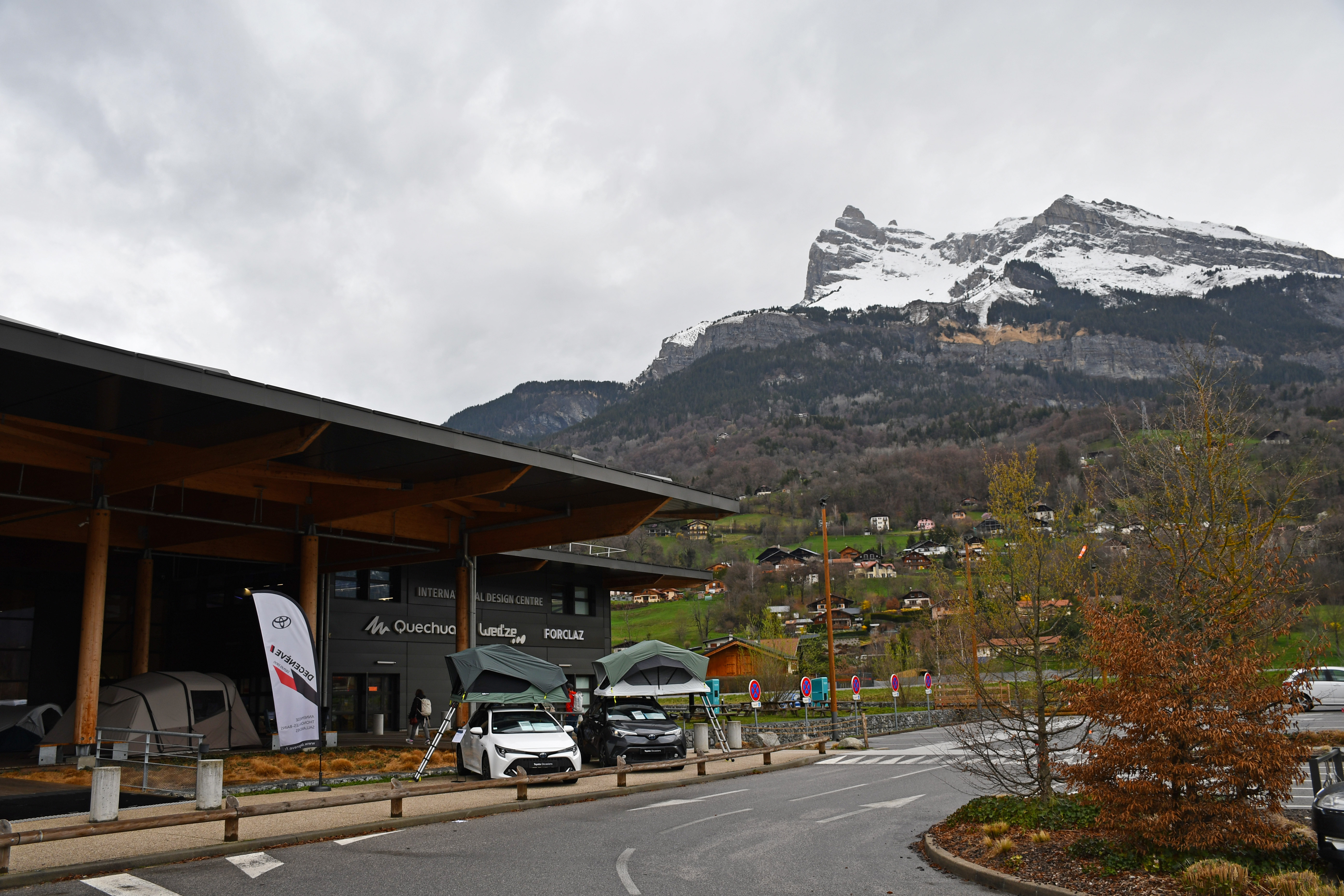
When compiling outdoor gear guides at T3, we always try to include at least one more pocket-friendly product within the line-up of models featured. Because, let’s face it, not everyone can afford to drop £500 on a pair of boots or a waterproof jacket (especially at the moment), and not being loaded should never be a barrier to getting outside. Far from it. The countryside is free, and there’s plenty of perfectly decent and affordable kit out there, which is capable of keeping you warm and dry enough to enjoy it.
But surely, as the old cliché goes, you get what you pay for…right? Well, not necessarily. Because I have tested some truly excellent cheaper items over the years, and I’ve had very expensive kit completely fail on me. Of course it doesn’t always go that way – I’ve come across plenty of seriously sub-standard stuff at the lower end of the market too, but I have learned not judge a book/boot/whatever by its price tag alone. Budget does not automatically equal bad. And neither does cut-price necessarily mean corners have been cut.
- Browse the best backpacking tents and pop-up tents
- Check out the best waterproof jackets
- Choose the best hiking boots
And, here at T3, we do genuinely test all products featured on the site before reviewing them, warts and all. That means we can slice through all the marketing gumpf to see for ourselves how products really perform in a wild setting, and surprisingly regularly the more affordable options box well above their price point.
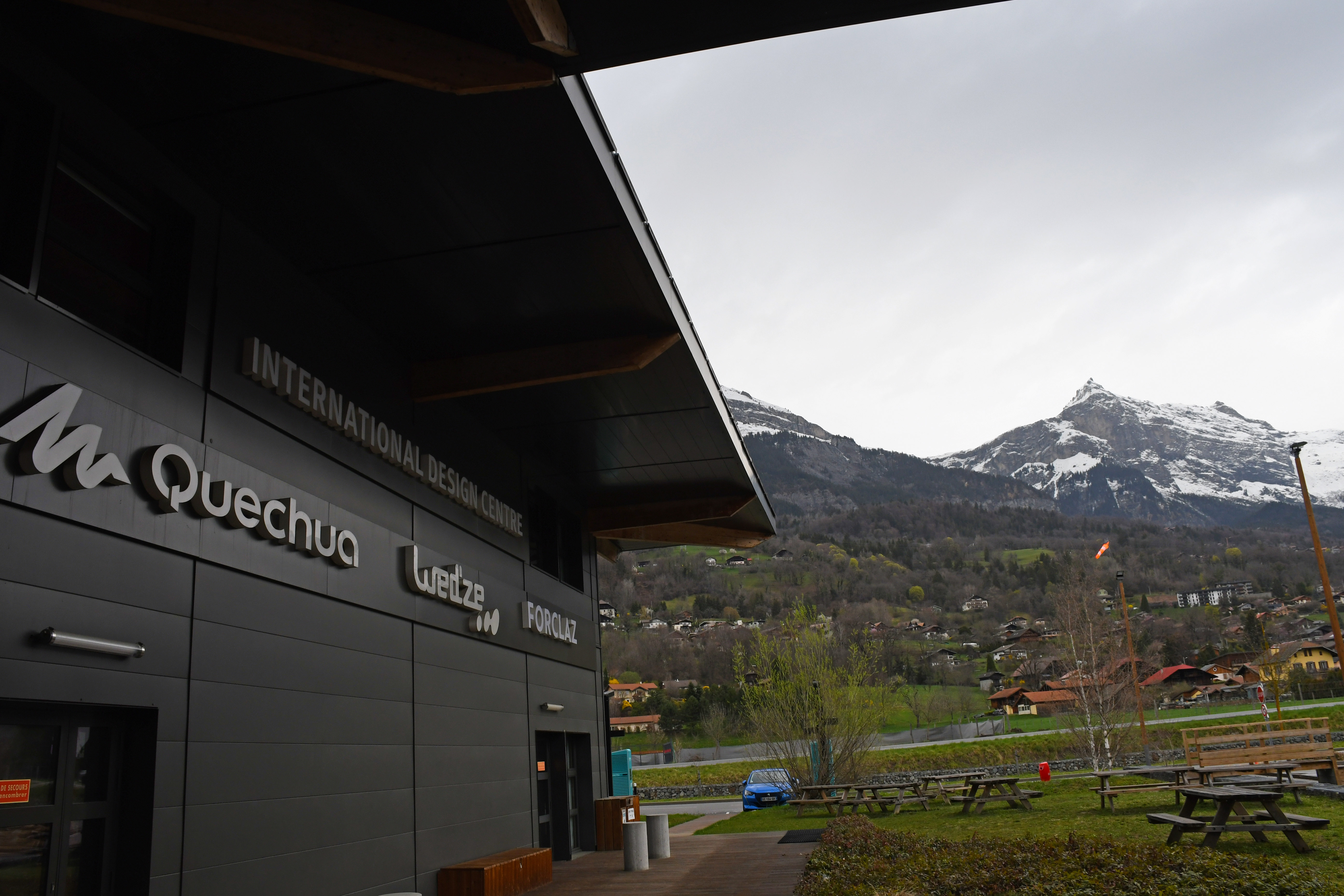
Very often, the kind of products I’m talking about here are made by one of the many homebrands produced by Decathlon. The French company manufactures a dizzyingly diverse range of sporting gear under more than 30 different category names, with the outdoor-adventure ones including Forclaz (trekking), Itiwit (paddle sports), Kalenji (running), Quechua (hiking and camping), B'Twin (cycling), Rockrider (mountain biking), Simond (climbing and mountaineering), Subea (snorkelling and diving), Inovik (cross-country skiing) and Olaian (swimming and surfing).
Without exception, equipment bearing these names will retail at a fraction of the price asked for similar garments or gear with more fashionable logos, such as Arc’teryx, Salewa, TNF or Patagonia. And yet, on test, we sometimes struggle to see much difference in the performance levels.
That said, when I’m looking at the label or webpage of a Decathlon product I’m trail testing, and I see the words ‘Designed, developed and tested in the Alps’, often accompanied by a little anecdote about the people who put the gear through its paces, I do hear my inner cynic exclaiming ‘Yeah, right…’
So, when I was offered the chance to actually go and see the company’s mountain headquarters – which, it transpires, really is in the French Alps – I leapt at it.
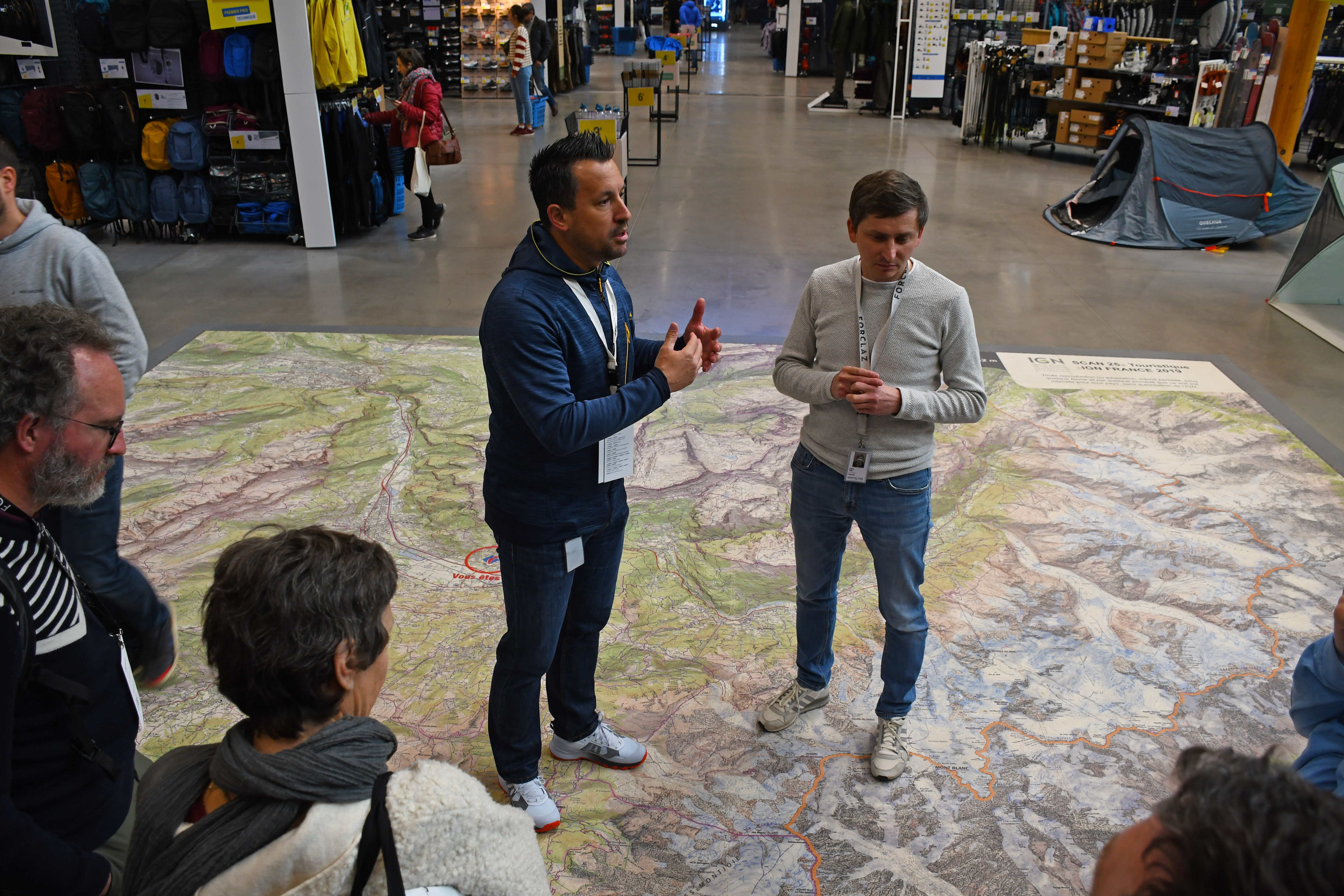
Decathlon’s alpine base is incorporated into one the company’s superstores – but instead of being located in some soulless suburban retail park, as we’d expect here in the UK, it’s located in Plassy, on the banks of the River Arve, in the Auvergne-Rhône-Alpes.
Even without looking through one of the telescopes mounted on the terrace of the roof-top restaurant and bar (yes, really), the snow-capped summit of Mont Blanc is visible among the plethora of peaks that surround the company’s mountain headquarters. Suffice to say, it’s impressive – if this setting doesn’t inspire you to get outside and do something, then you’re a lost cause.
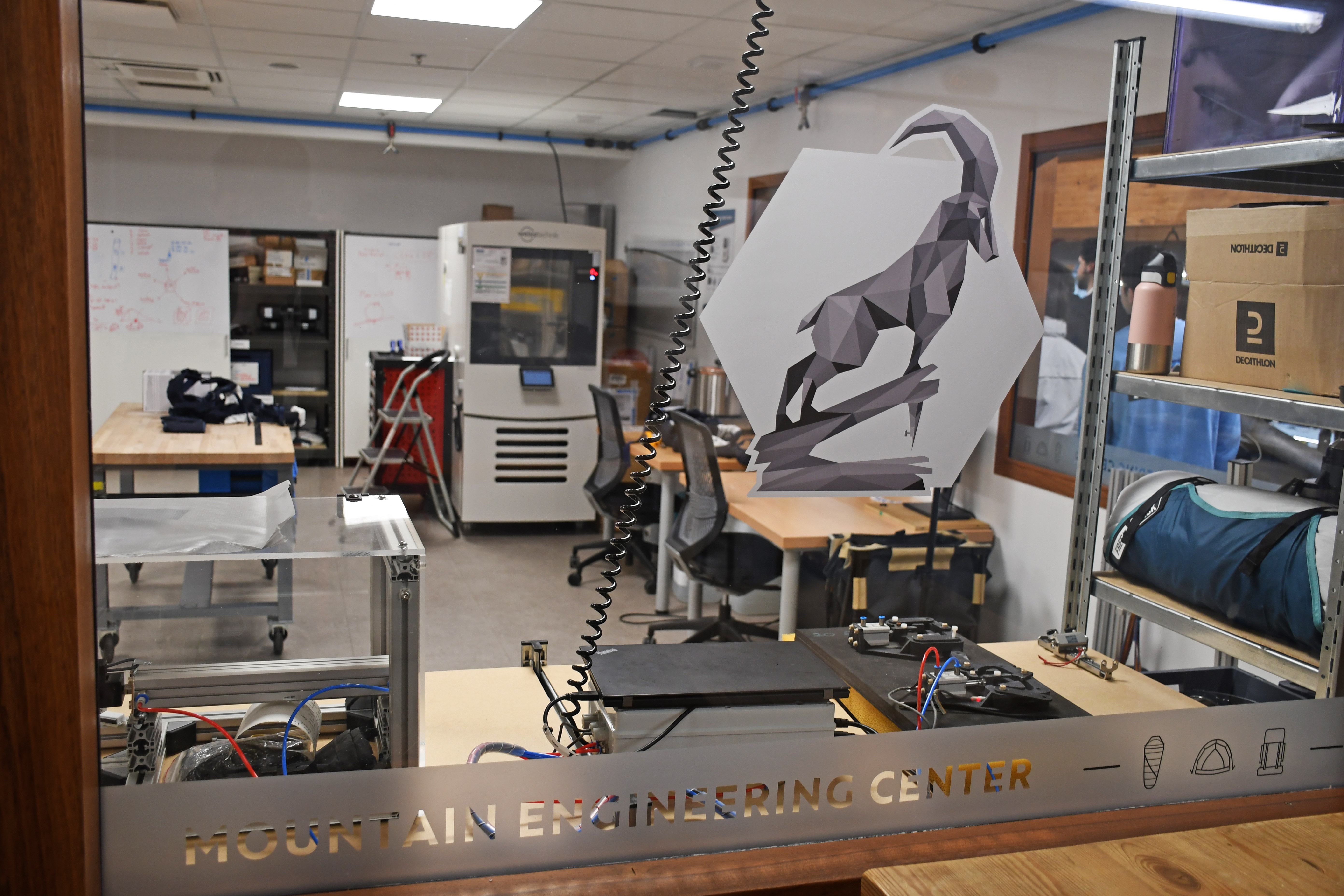
Meeting the employees was the next revelation. Frankly, I was expecting the sort of service you get in a Sports Direct store. You know what I mean. But instead I found staff who were knowledgeable, engaged and genuinely enthusiastic about the outdoors. It helps that company policy is to give everyone a two-hour lunch, so they can get out and go for a run, ride, walk or ski in daylight hours during their break.
Keen to explore more, I was given a tour of the store and the wider building. Beneath and to the side of the enormous shop floor are the design spaces, open-plan offices and testing areas where everything from waterproof jackets and tents to backpacks, hiking boots, head torches, snowboards, climbing gear and cross-country skis are conceived, conceptualized, brought to life and then stress tested.
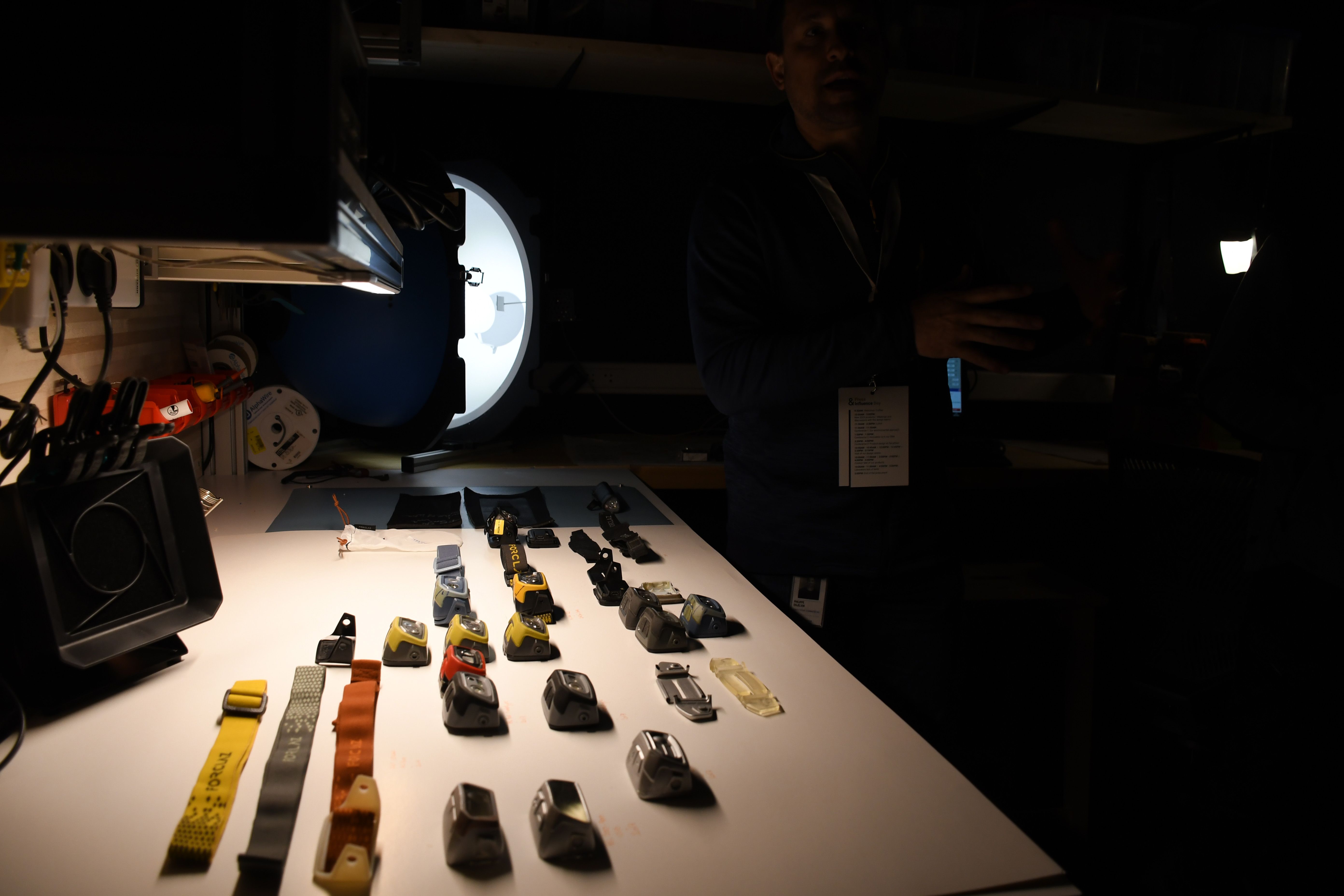
Intrigued, I wanted to know more about the technical tests, and soon let myself in for more than I’d bargained for. A product specialist for Forclaz told me that, while the fabrics and materials used in Decathlon’s tents and technical apparel are subjected to hydrostatic head tests, such assessments can be misleading, since they don’t reflect the waterproof performance of the seams, zips and other parts of the build. So, Decathlon also put all their gear through a bespoke testing process, which more accurately assesses a shelter or garment’s protective properties.
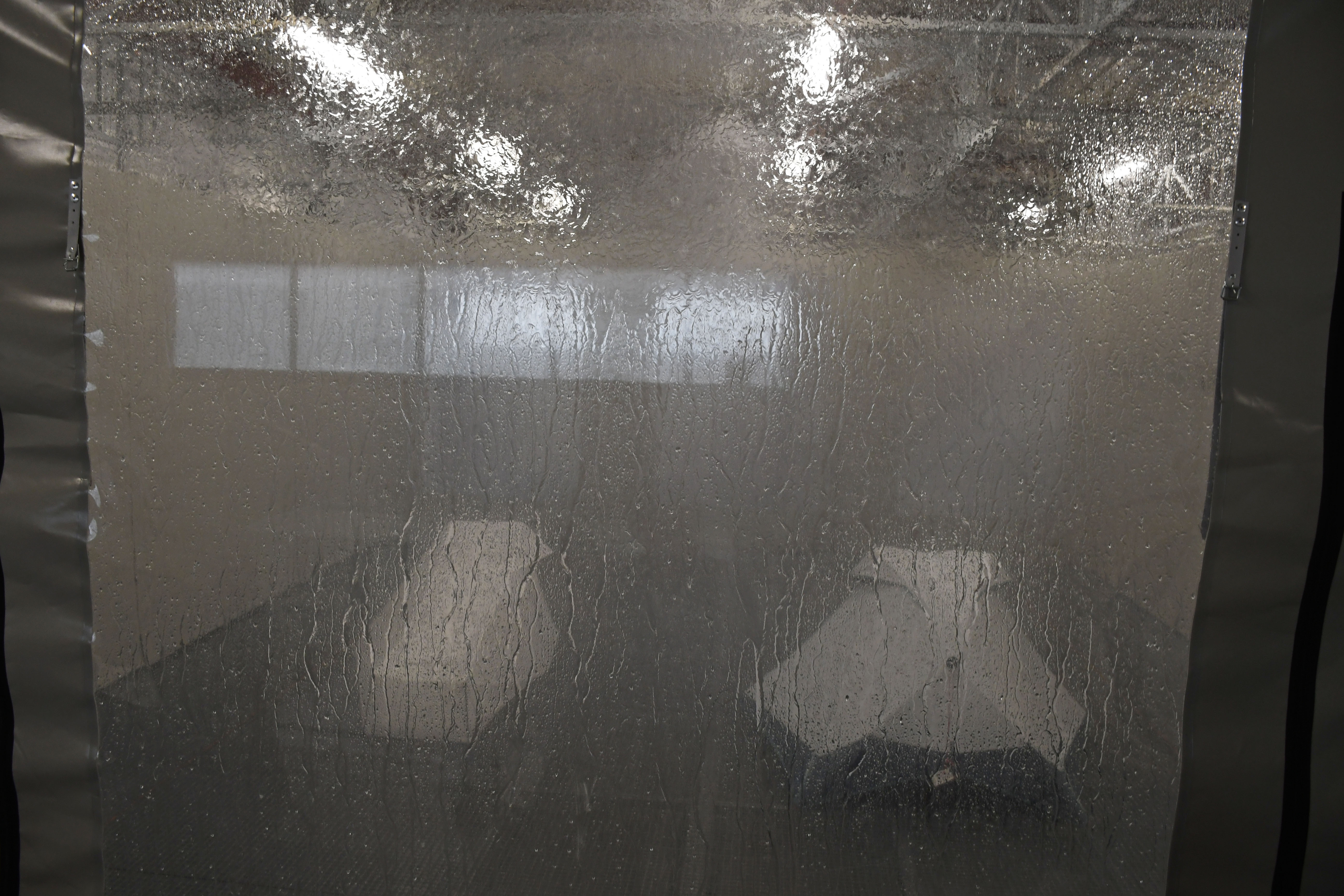
For tents, this happens in a special room in a nearby building, where each product is pitched and then subjected to a simulated torrential downpour for long periods of time. I was taken to see this process in action, and then invited to experience the whole thing at very close quarters – from inside the tents being tested.
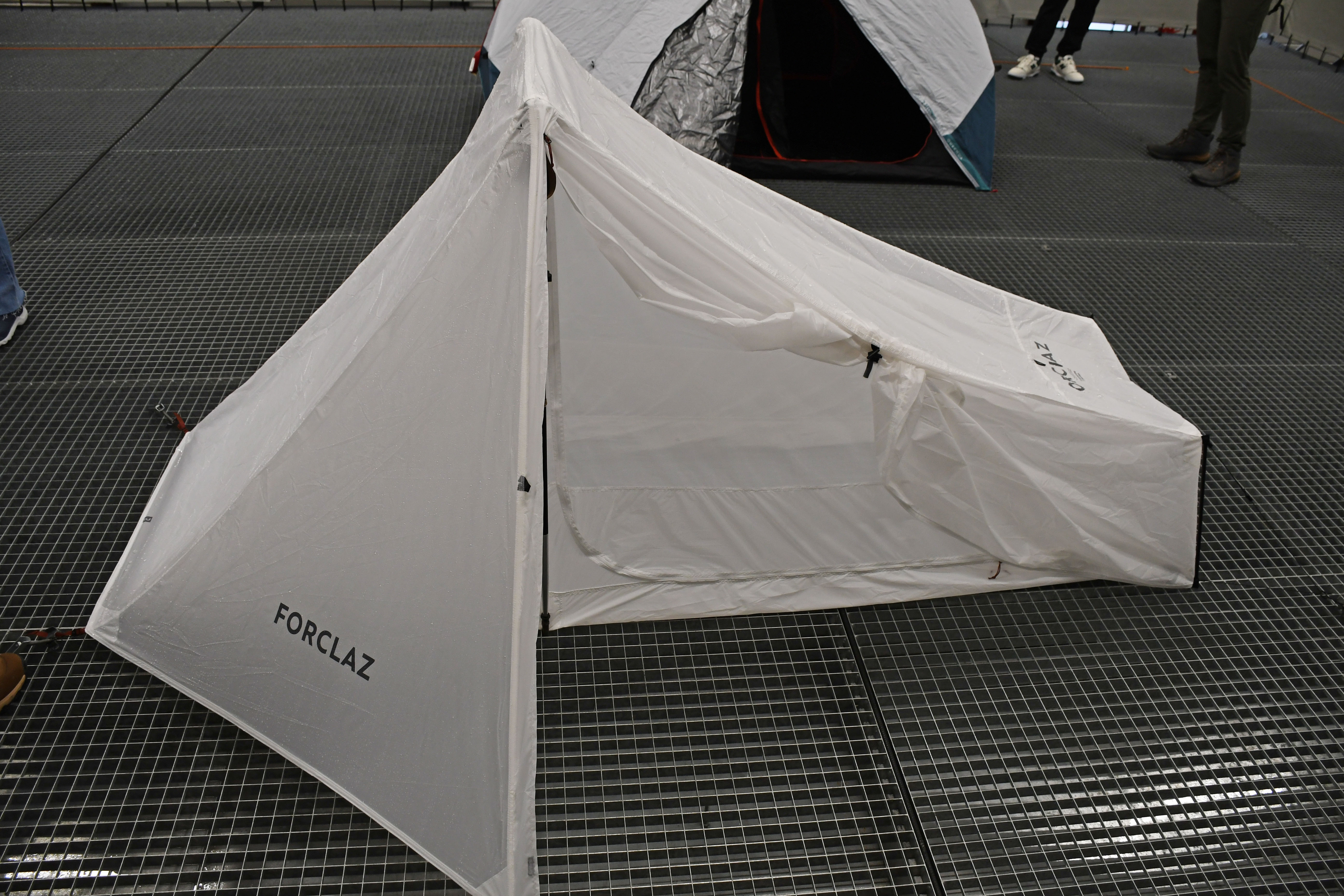
And that’s how I ended up spending my time in the gorgeous Auvergne-Rhône-Alpes, sat inside a minimalist MT900 Forclaz backpacking tent that was being relentlessly pounded by industrial sprinklers. (For all Decathlon-brand products, the higher the MT number, the more technical the product is.)
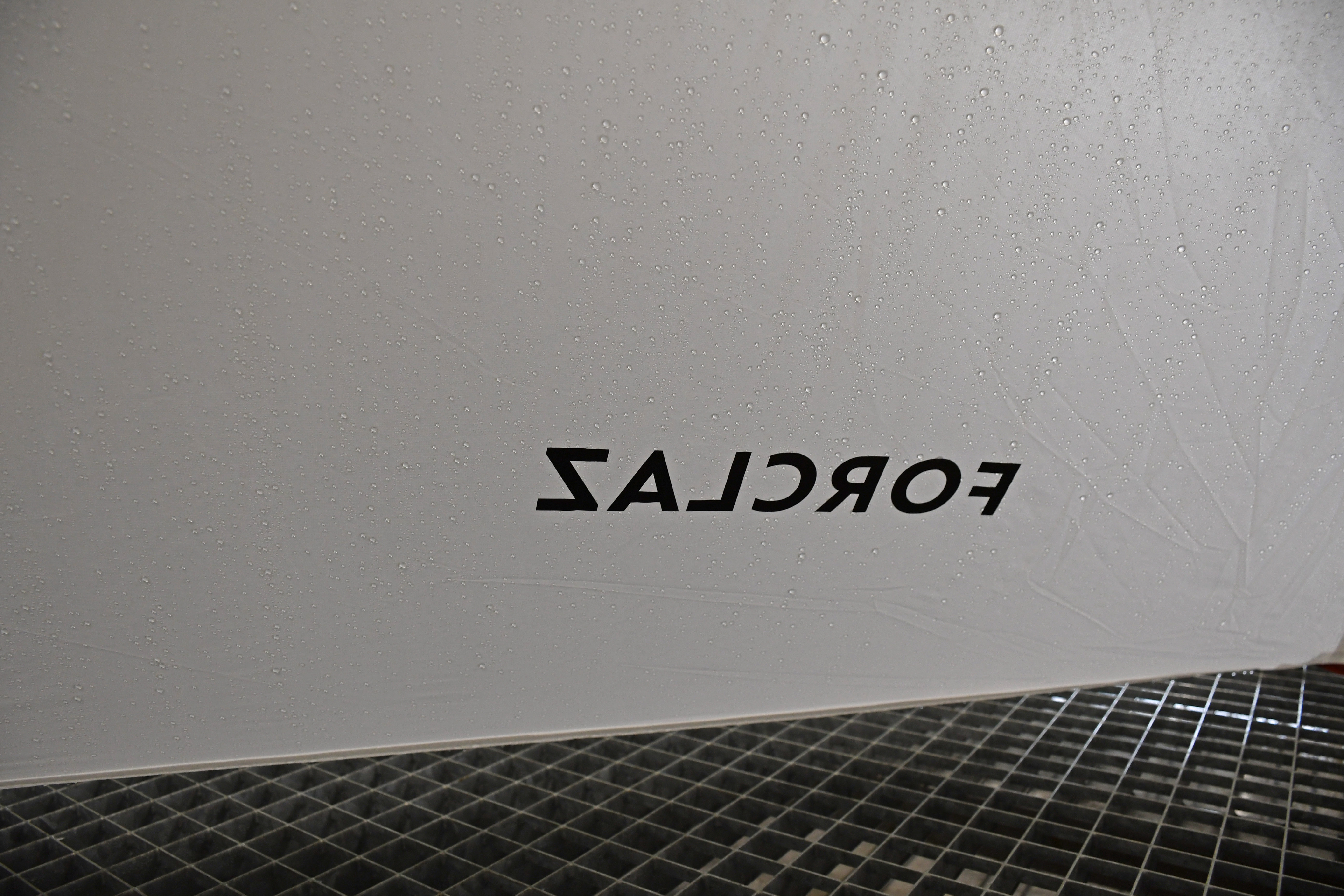
Also in the testing room was a Quechua 2-second pop-up tent, a brilliant design (recently given a 5-star review on T3) that allows you to pitch the tent instantly by opening the whole thing up like an umbrella. It was invented by one of Decathlon’s product designers right here in the mountain HQ, after he’d returned from a camping trip with his young son, who had suggested the idea. Obviously, I had to give that a test from the inside too. And, happily, not a drop of water got through the flysheets of either tent, so I stayed nice and dry.
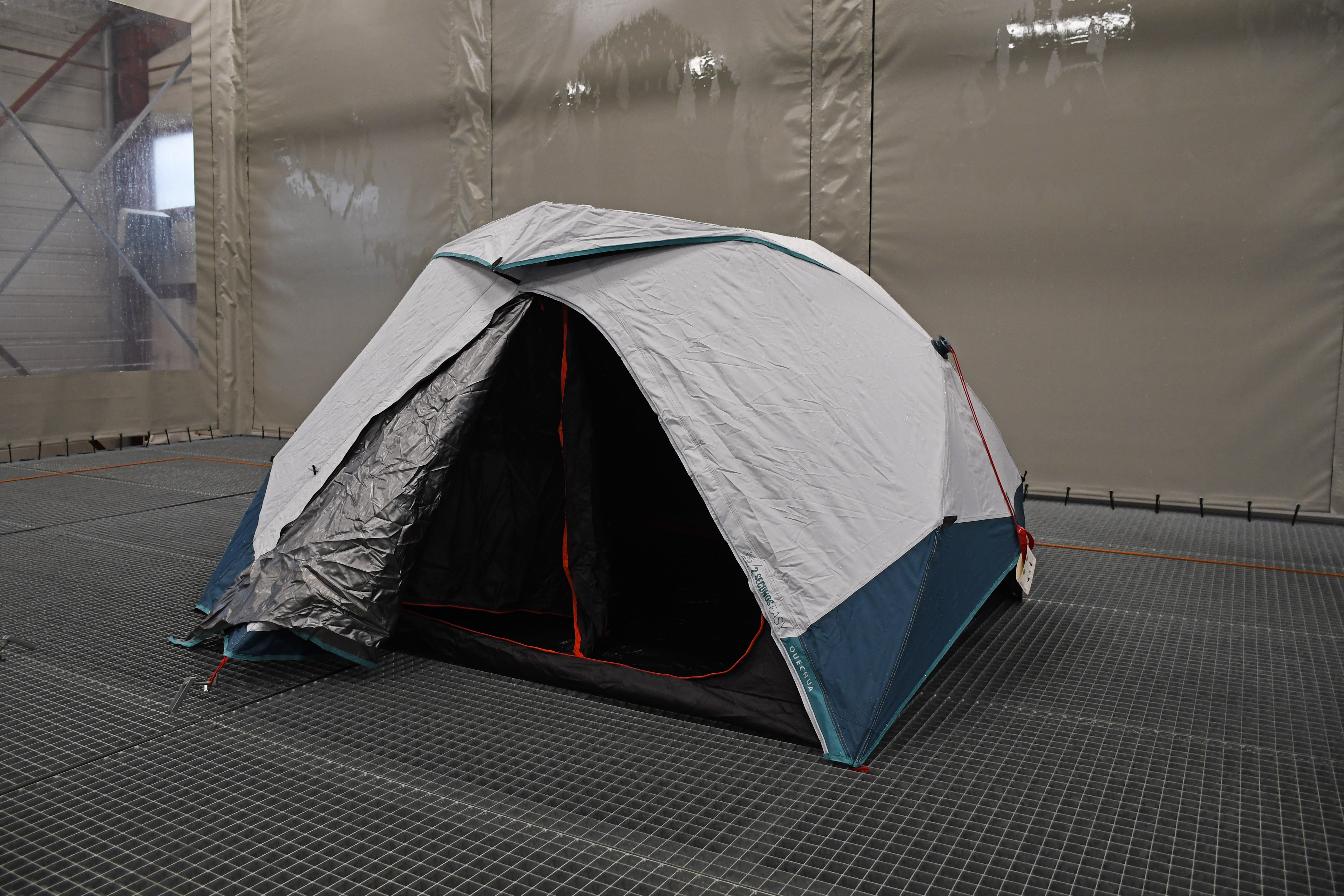
After the first round of technical testing, Decathlon get the prototype gear out to an army of volunteer field testers, who take it camping, hiking, trekking, skiing and so on, for several weeks. Once they report back, tweaks and more extensive alterations are made to the design according to the testers’ comments, before products go into production proper.
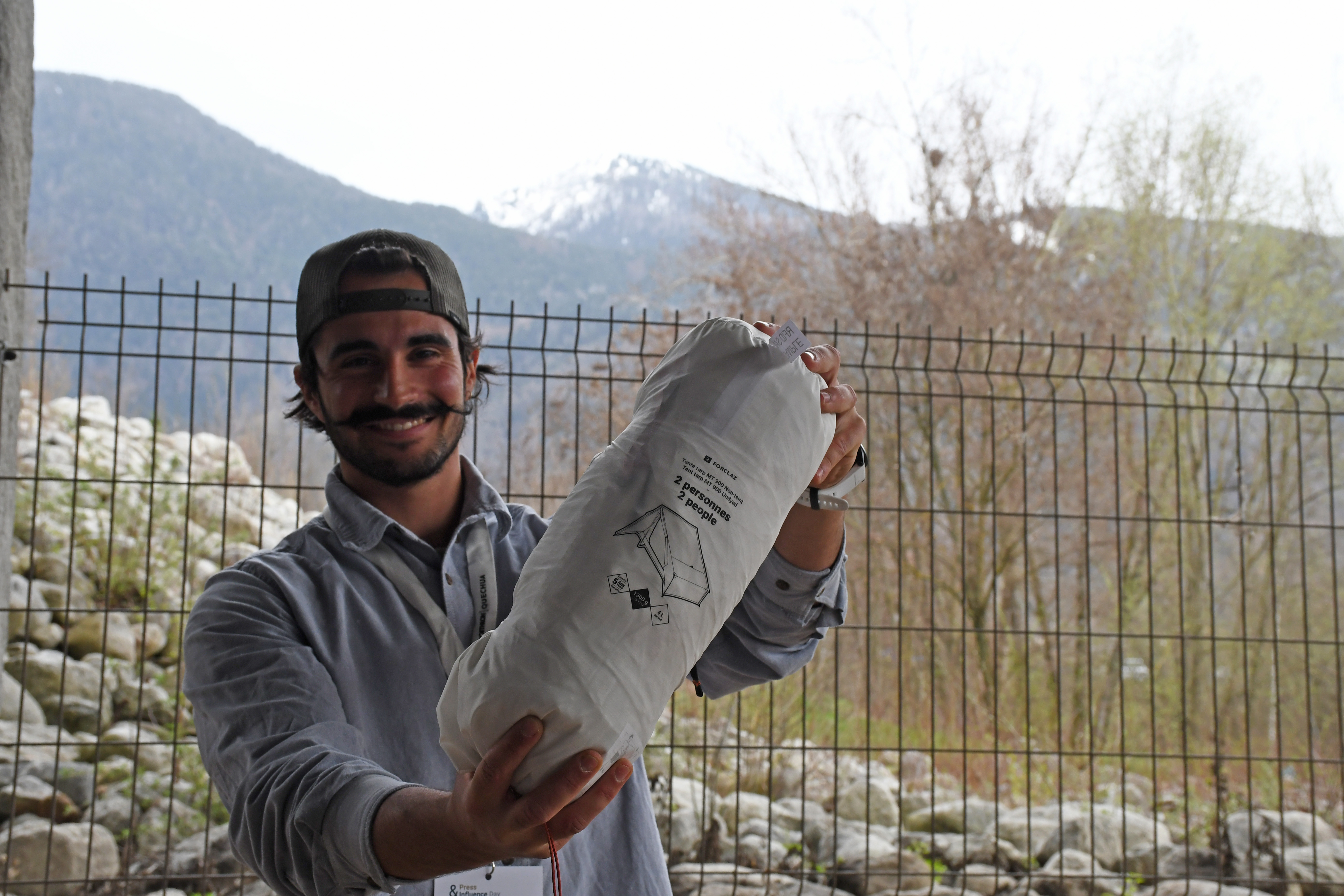
Impressively, it’s not just the tent itself that’s subjected to testing. In the basement of the building, I met another team who look after the packaging and paperwork. They took me to an area where my mission was to pitch a 2-person dome tent using the instructions that had been drawn up to accompany the product.
I was instructed to make notes if anything was unclear or confusing. This is a process all Quechua and Forclaz tents go through, too, in order to make sure people can easily use the products in the field.
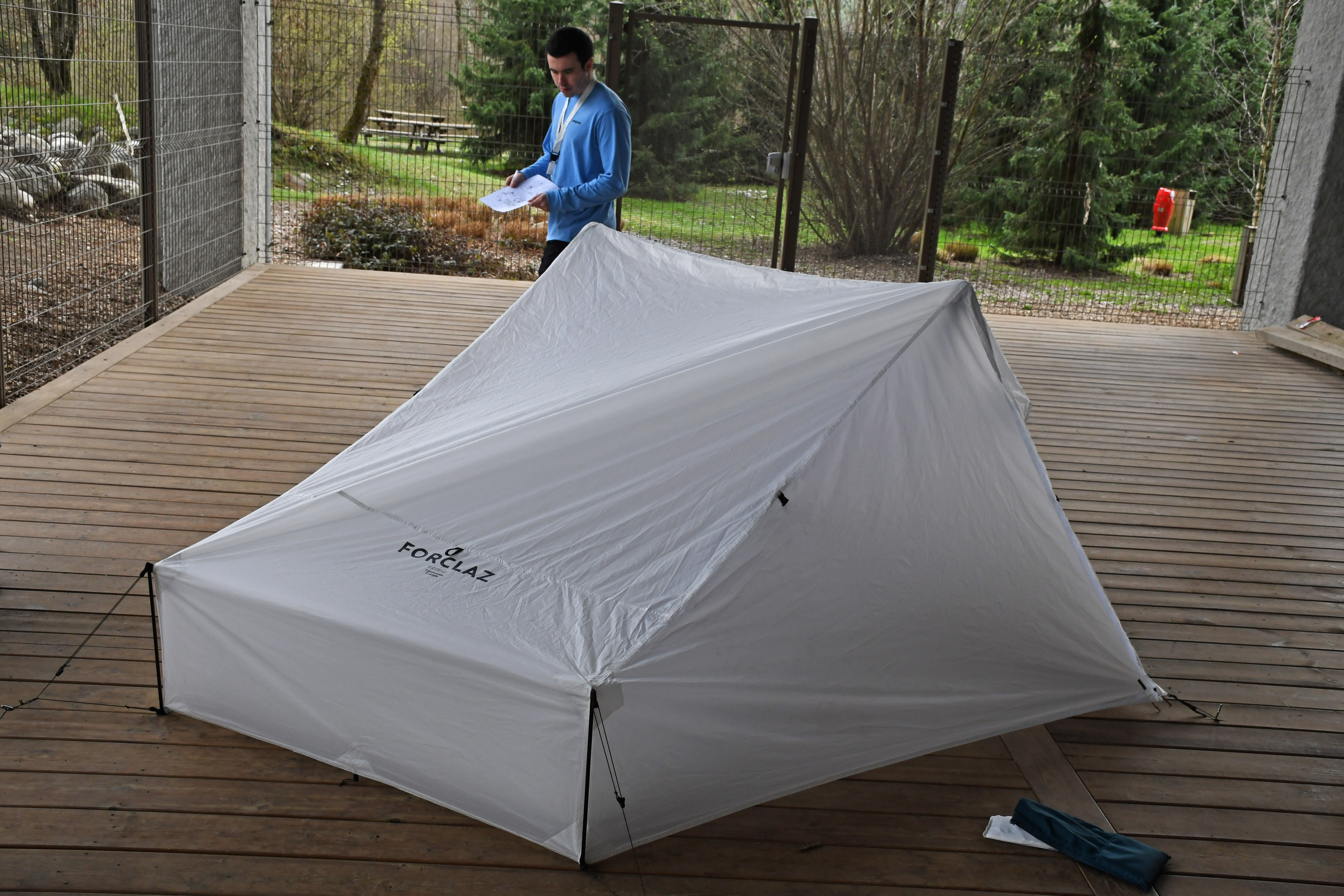
Next I got to meet the individual brand managers and design gurus for each category, who explained the lengths they go to in order to reduce the environmental impact of the gear they make. This includes pioneering a whole range of backpacking and camping kit – including tents and sleeping bags – where no dye has been used whatsoever. (Watch this space for a UK-product test of these items.)
A big emphasis is placed on getting the most out of existing kit. Decathlon offer a repair and part-replacement service in their stores, so just because an item is relatively cheap, you shouldn’t simply bin it if its performance drops – take it in and get it rejuvenated. Somewhat surprisingly (given the low price of many products in the first place), they also offer (and honour) a two-year warrantee on almost everything, so if kit legitimately fails within that time frame, you can just get it replaced.
One last tip for the real bargain hunters out there – it’s worth perusing Decathlon’s website for ‘Secondlife’ items, which have either been tested by media or returned by customer very quickly, and can’t be sold as new – you can pick good gear for a great price here.

So, the gear truly is designed and tested in the Alps. I’ve seen it happen, and joined in with the process. And the design teams are genuinely passionate about both improving the longevity of the equipment and making the manufacturing process as eco-friendly as possible. But what about the working conditions in the overseas factories?
At the risk of raising eyebrows, I had to ask – there are so many horror stories out there about sweatshops, especially associated with cheaper-priced products. I’m happy to report, there was no attempt to dodge my question. Two brand managers sought me out and spoke at length about how they have people permanently on site in all the manufacturing hubs – found in various locations, including China and Bangladesh – to ensure ethical production policies are in place. (For the record, I can’t verify this personally, having not visited the factories, but the issue was certainly taken seriously and addressed well, and it should also be noted that most, if not all, premium-priced outdoor brands such as Arc’teryx, TNF, Salewa and so on, also manufacture their gear in locations across Asia.)
Suffice to say, by the end of the day, my inner cynic had been fairly well silenced and put in his place. I already knew the gear performed well – I’ve tested plenty of Decathlon products in the past – but now I know exactly where it originates from, how the creative process works, and what rigours it’s put through before it hits shelves – and frankly it’s impressive.







